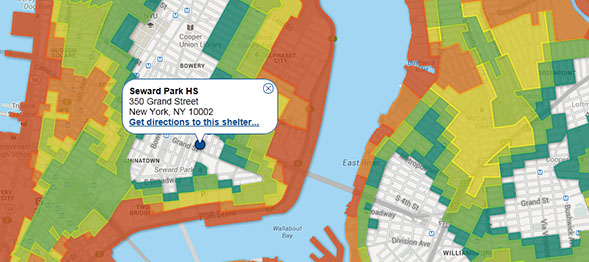
Arago’s Admonition:
“Never, no matter what may be the progress of science, will honest scientific men who have regard for their reputations venture to predict the weather.”
It is hard to believe, as FEMA and our stakeholders are still very much in active recovery mode from the 2017 hurricane season, that the official start to the 2018 Atlantic Hurricane Season begins on June 1st. Forecasts from leading researchers and meteorologists, including those at Colorado State University, are predicting a busy 2018 hurricane season with a 60% probability for a major hurricane hitting the U.S. coast. Researchers also predict a slightly above average season in terms of number of hurricanes formed and intensity of the storms.
According to the National Oceanic and Atmospheric Administration (NOAA), an above average hurricane season would equal over 11 named storms. NOAA continues to monitor weather patterns and will make formal forecasts closer to the start of June when the season officially begins.
Colorado State University added that higher than average ocean waters in the western tropical Atlantic combined with cooler than average ocean temperatures in the north and western Atlantic will contribute to an active upcoming hurricane season.
FEMA offers a number of resources to help to prepare for the upcoming Hurricane season. Visit FEMA.gov or download the FEMA app from iTunes or Google Play today. Before the 2017 Hurricane Season, Acting FEMA Administrator Robert J. Fenton Jr. (now FEMA Region IX Administrator) said, “Regardless of how many storms develop this year, it only takes one to disrupt our lives. Get ready now with these easy, low-cost steps that will leave you better prepared and will make all the difference: Have a family discussion about what you will do, where you will go and how you will communicate with each other when a storm threatens; Know your evacuation route; tune into your local news or download the FEMA app to get alerts, and finally – listen to local authorities as a storm approaches.”
- Determine your Risk
- Develop an Evacuation Plan
- Assemble Disaster Supplies
- Get an Insurance Checkup
- Strengthen Your Home
- Help Your Neighbor
- Complete a Written Plan
(Sources: FEMA.gov, NOAA.gov, Colorado State University Extended Range Forecast of 2018 Atlantic Seasonal Hurricane Activity, http://www.bsc.es/seasonalhurricanepredictions)


